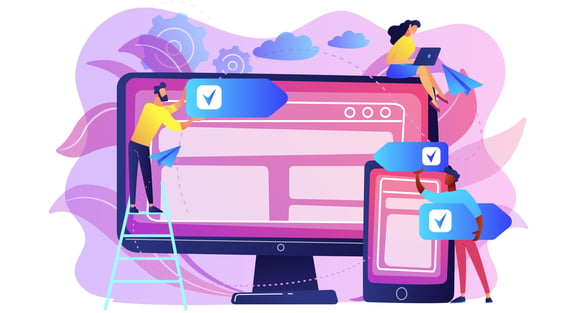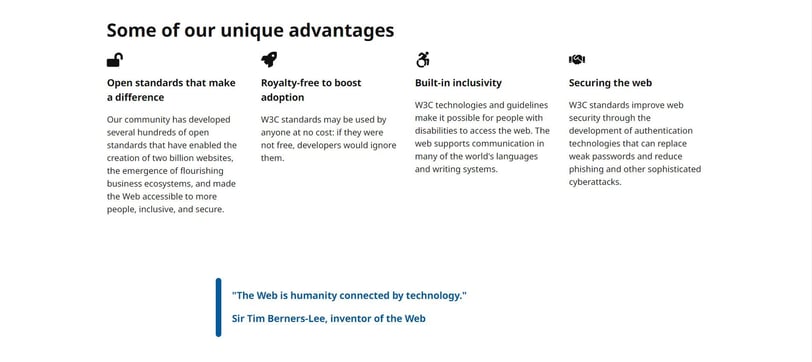Why Accessibility is a Must for Modern Web Design


What is Web Accessibility?
Web accessibility refers to designing websites and digital content in a way that allows everyone, including individuals with disabilities, to use them effectively. The Web Content Accessibility Guidelines (WCAG) set the standard for making web content perceivable, operable, understandable, and robust for all users.
In today’s digital world, web accessibility is no longer optional—it’s a necessity. An accessible website ensures that people with disabilities can navigate, understand, and interact with your content seamlessly. Beyond inclusivity, accessibility improves user experience, boosts SEO rankings, and helps businesses comply with legal standards.
In this blog, we’ll explore why accessibility is essential for modern web design and how it benefits both users and businesses.
Why Accessibility is Crucial in Modern Web Design
1. Expands Your Audience Reach
Around 1.3 billion people worldwide live with some form of disability. By making your website accessible, you ensure that a larger audience—including people with visual, auditory, motor, or cognitive impairments—can engage with your content.
2. Improves SEO Rankings
Search engines favor accessible websites. Features like alt text for images, proper heading structure, and descriptive links help both users and search engines understand content better. Google rewards sites that prioritize accessibility, leading to higher rankings and increased organic traffic.
3. Enhances User Experience (UX)
An accessible website benefits all users, not just those with disabilities. Features like clear navigation, readable fonts, and keyboard-friendly design create a smoother browsing experience. A better UX leads to lower bounce rates and higher engagement.
4. Legal Compliance and Risk Reduction
Many countries have laws mandating web accessibility, such as:
Americans with Disabilities Act (ADA) (U.S.)
Web Content Accessibility Guidelines (WCAG) (Global standard)
European Accessibility Act (EU)
Non-compliance can lead to lawsuits and hefty fines. Ensuring accessibility protects your business from legal risks.
Final Thoughts
Web accessibility isn’t just about compliance—it’s about creating a better, more inclusive internet for everyone. By integrating accessibility into your web design, you improve SEO, enhance UX, and expand your audience reach while future-proofing your site.
Want to optimize your website for accessibility and SEO? Contact Design Diagnosis today!




5. Boosts Brand Reputation and Customer Loyalty
A commitment to accessibility demonstrates social responsibility. Brands that prioritize inclusivity gain trust, enhance their reputation, and foster customer loyalty.
6. Increases Conversions and Sales
When users can easily navigate and interact with your website, they’re more likely to complete purchases or sign up for services. E-commerce sites with accessible design see higher conversion rates because they remove barriers for all potential customers.
How to Make Your Website More Accessible
Use Alt Text: Describe images for visually impaired users.
Ensure Keyboard Navigation: Make sure all features are accessible without a mouse.
Provide Captions and Transcripts: For videos and audio content.
Use Proper Color Contrast: Improve readability for users with visual impairments.
Follow a Logical Content Structure: Use proper headings (H1, H2, H3) and lists for better navigation.

